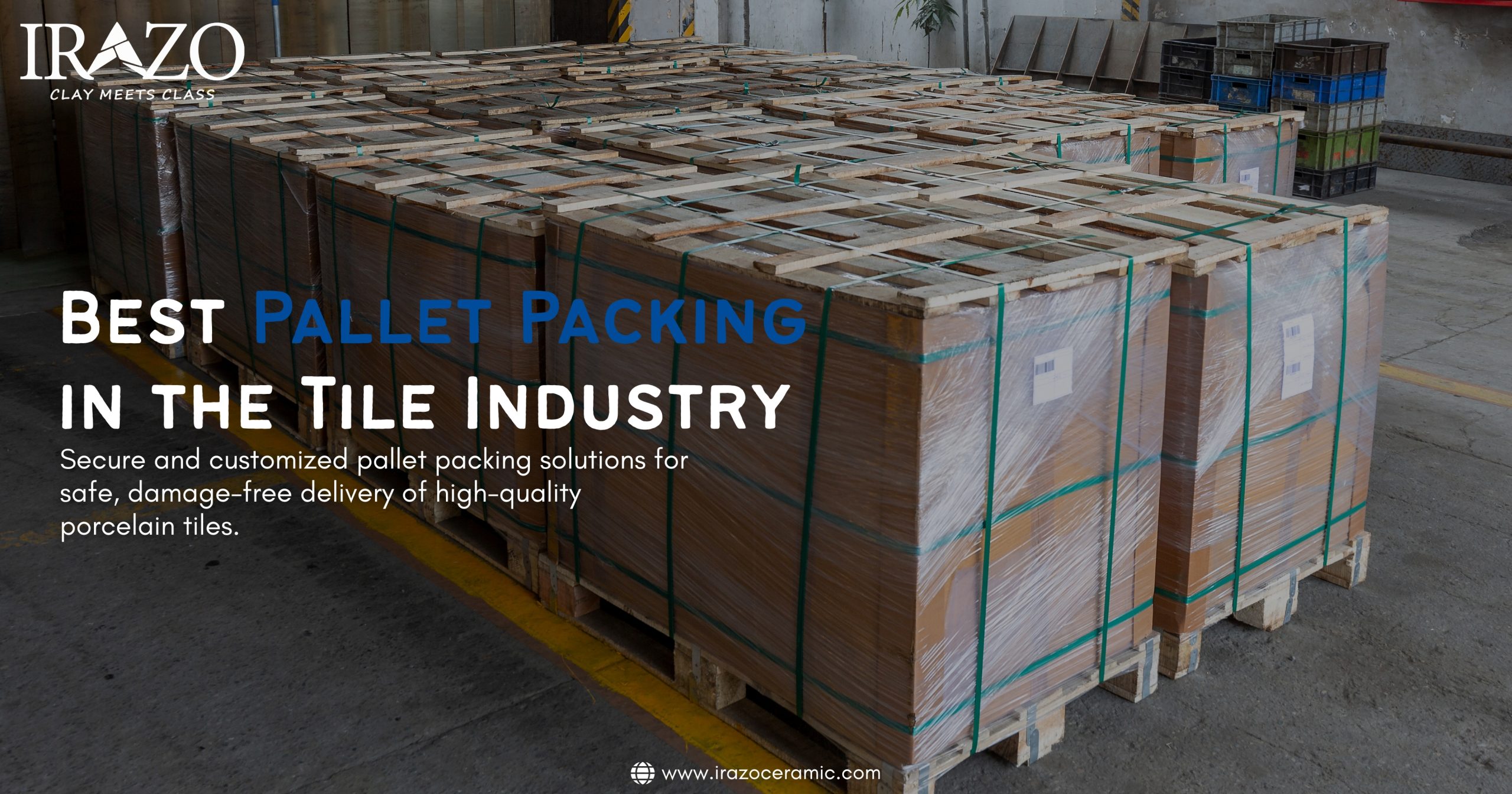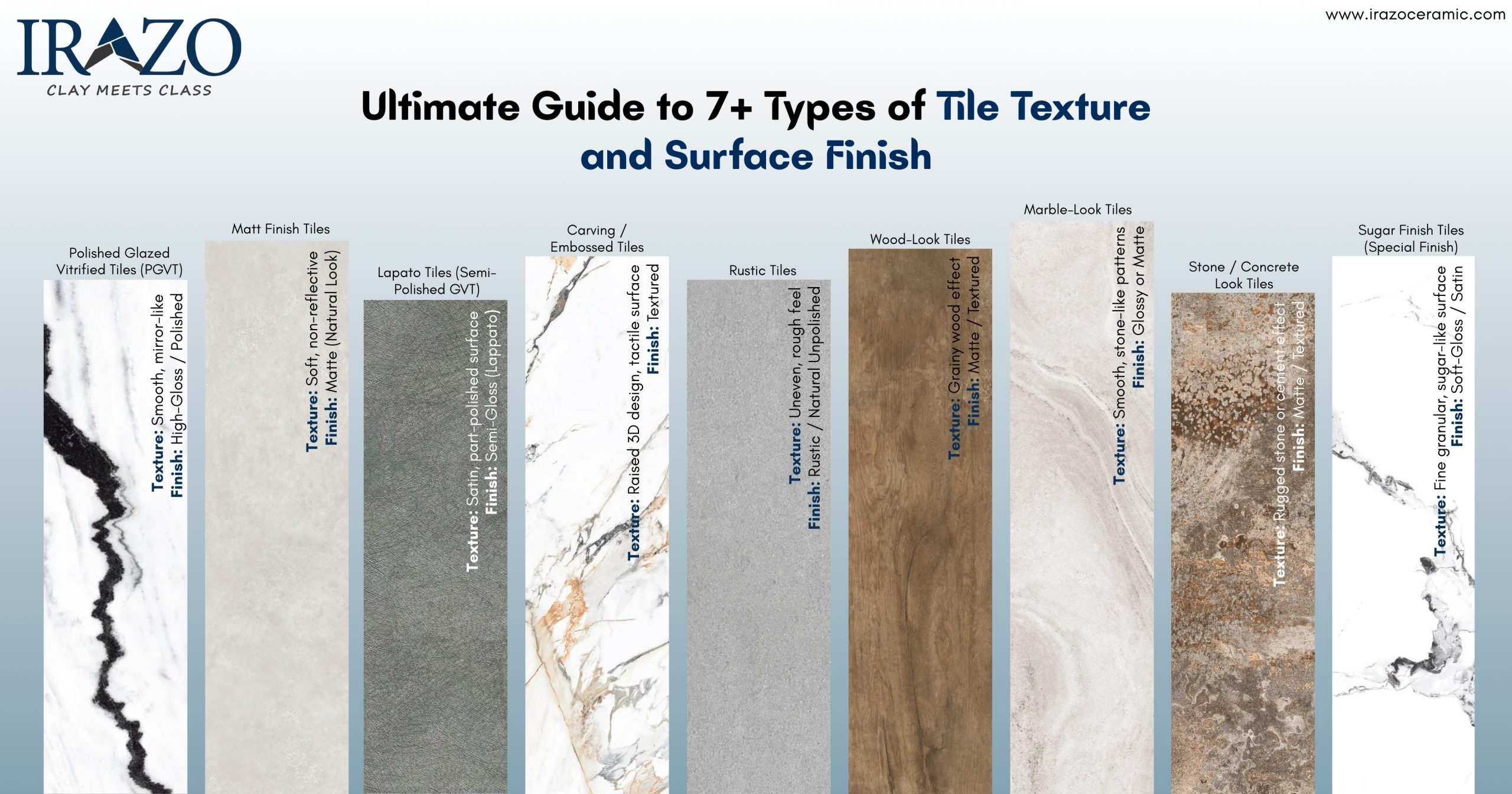In the fast-paced and highly competitive tile industry, every detail counts—especially when it comes to packaging and shipping. One of the most critical aspects of ensuring product safety and maintaining brand reputation is the method of pallet packing. For tile manufacturers and exporters, choosing the right pallet packing services can be the difference between safe delivery and costly damage.
From ceramic tile packaging to heavy-duty export solutions, pallet packaging is a vital step in the logistics chain. This blog will explore what makes effective pallet packaging, why it matters in the tile sector, and how you can choose the best solution to meet your business needs.
Why Pallet Packing Matters in the Tile Industry
Tiles—whether ceramic, porcelain, or vitrified—are highly susceptible to breakage. Their fragile nature demands a robust and dependable packaging solution. Here’s why pallet packing is so essential:
- Protection Against Damage: Proper pallet packaging ensures that tiles are securely stacked and protected during transport. A single mishap can result in broken tiles, rejected shipments, and loss of customer trust. A well-packed pallet minimizes vibration, shifting, and other factors that can cause breakage.
- Efficient Handling: Palletized goods are easier to move with forklifts and cranes, improving warehouse efficiency. This becomes critical for bulk exports, where hundreds of pallets must be loaded and unloaded swiftly without manual errors.
- Space Optimization: Well-packed pallets help utilize container space efficiently, reducing freight costs. With high fuel prices and tight shipping schedules, maximizing every inch of space is a strategic advantage.
- Compliance with Export Standards: Many international markets have strict packaging rules, and reliable pallet packing ensures compliance. Failure to meet these standards may result in shipment delays, fines, or customs rejections.
- Customer Satisfaction and Reputation: In the tile industry, visual appeal and product quality are vital. Cracked tiles not only harm profitability but also brand image. Premium pallet packaging directly contributes to customer satisfaction by ensuring the safety of products.
What Makes a Good Pallet Packing Service?
A professional pallet packaging service goes beyond simply stacking tiles. It integrates precision, durability, and consistency. The best pallet packaging services typically offer:
1. Customized Solutions
Every tile product is different. Reputable services offer customized packing details tailored to tile size, weight, and destination. For instance, thicker floor tiles require stronger pallet bases and more secure wrapping techniques.
2. Quality Materials
Using high-quality wooden or plastic pallets, edge guards, shrink wraps, and straps to prevent damage and ensure stability. The right material combination is essential for both short-distance inland transport and long-distance international shipping.
3. Load Optimization
Efficient pallet packing considers weight distribution, stacking patterns, and stability to avoid shifting during transit. Balanced loads also reduce the risk of injuries or accidents during loading and unloading.
4. Export-Grade Protection
When shipping internationally, export-grade packaging includes moisture barriers and heat-treated pallets to comply with ISPM-15 standards. These additions are especially crucial for ceramic tile packaging during sea freight, where moisture is a significant threat to the product.
5. End-to-End Service
Some providers offer comprehensive logistics solutions, including warehouse packing, container stuffing, and documentation support. This ensures that, from the factory floor to the customer’s doorstep, your tile shipment is handled with consistency and professionalism.
Types of Pallet Packaging Used in Tile Exports
Several methods of pallet packaging are used in the tile industry, depending on the tile type and shipping requirements.
Wooden Pallet with Horizontal Stacking
This is the most common method for packaging ceramic tiles. Tiles are stacked flat on heavy-duty wooden pallets and separated with cardboard or foam sheets. It allows for even weight distribution and is suitable for all tile sizes.
Vertical Tile Packing
Used primarily for wall tiles and decorative pieces. Tiles are packed vertically to avoid pressure breakage. This method is ideal for fragile, thin, or embossed tiles that could be crushed under weight.
Pallet Cages
For extra protection, especially in rough transit conditions, some users employ metal cages around the pallet to secure everything tightly in place. Cages also prevent theft and make for easier stacking.
Crate Packaging with Pallet Base
Combines the security of wooden crates with the convenience of pallet handling. This option is often used for high-end or custom tile shipments that demand extra protection.
Read More: Best 12×18 Ceramic Wall Tiles Manufacturers in Morbi.
Key Packing Details for Tile Products
To ensure safe delivery, it’s essential to pay attention to every aspect of pallet packing. Here are the crucial packing details to follow for maintaining quality and safety in the tile industry:
Weight per Pallet
Usually kept between 800 kg and 1,200 kg to prevent pallet collapse or shifting during handling. Excess weight can damage both the pallet and the tiles, especially during sharp movements in transit.
Tile Stacking Arrangement
Tiles should be stacked with proper alignment to avoid friction or pressure points. In ceramic tile packaging, foam sheets or corrugated boards are used between layers for added cushioning and separation. The better the internal layering, the lower the risk of scratches or edge chipping.
Number of Boxes per Pallet
Boxes should be arranged in a symmetrical and stable pattern with minimal overhang. Uniform packing not only ensures safety but also improves the container fill rate.
Wrapping and Binding
Industrial-grade stretch films, plastic wraps, and shrink films are essential for tightly binding all tile boxes together. Additionally, corner edge protectors and cross strapping (preferably with plastic or PET straps) help reinforce the stack and prevent damage from side impact or sudden movements.
Labeling and Identification
Proper labeling is vital. Each pallet should display marked details, including pallet number, box count, tile dimensions, weight, destination, and handling instructions. QR codes and barcodes are being increasingly used in pallet packaging services for improved inventory tracking and logistics efficiency.
Moisture Protection Measures
For overseas shipments, particularly those involving sea freight, moisture poses a significant threat to tile quality. Using plastic liners, desiccant pouches, or moisture barrier bags adds an essential layer of protection. Heat-treated pallets also help prevent microbial growth and are mandatory in many export destinations.
Pallet Type and Material
Depending on the tile size and shipment volume, either two-way or four-way entry pallets can be used. Wooden pallets are the most common, but plastic pallets are gaining popularity for their durability and hygiene in long-distance exports. Recyclable and reusable options are also becoming a trend in pallet packaging.
Container Compatibility:
Efficient use of container space is a key objective in pallet packing. Ensuring that pallets are designed to fit neatly within the dimensions of standard containers minimizes movement, saves cost, and improves loading speed. It also helps reduce CO2 emissions by optimizing shipping density.
These packing details not only safeguard the tiles during transport but also ensure smoother supply chain operations and customer satisfaction. With rising global demand and competitive markets, every tile industry manufacturer should prioritize professional pallet packaging that delivers both strength and efficiency.
Irazo Ceramic: Setting a Benchmark in Tile Pallet Packaging
When it comes to reliable packaging, Irazo Ceramic not only manufactures premium tiles but also ensures that each product reaches its destination safely and securely. Recognized as a top tiles company in India, Irazo is deeply committed to excellence at every stage—from production to final dispatch.
The company employs highly professional pallet packaging services tailored for different tile types and global destinations. With state-of-the-art packing facilities and strict quality checks, Irazo guarantees secure, moisture-resistant, and damage-free deliveries worldwide. Whether it’s horizontal pallet stacking, vertical tile crates, or custom pallet packaging for exports, Irazo Ceramic brings innovation and reliability to every shipment.
Explore more about their world-class tile collections and export solutions at:
Reference:
Pallet by Wikipedia[1].
Pallet packing is the process of arranging and securing goods—such as tiles—on a pallet for safe storage and transportation. In the tile industry, it involves stacking tile boxes in an organized layout on a wooden or plastic pallet, then wrapping and strapping them to prevent movement or damage.
The number of tiles per pallet depends on several factors, including tile size, thickness, packaging type, and the allowable pallet weight (usually 800 to 1200 kg). For example:
- 600×600 mm floor tiles: ~800 to 1,200 tiles per pallet
- 800×800 mm vitrified tiles: ~500 to 800 tiles per pallet
- 300×600 mm wall tiles: ~1,200 to 1,800 tiles per pallet
A pallet typically holds 40 to 60 boxes of tiles, depending on the weight and size of the boxes. Each box usually contains 3 to 5 tiles (for larger sizes) or up to 10–12 tiles (for smaller ones). For instance:
- A pallet of 600×600 mm tiles may carry 40–45 boxes, with each box holding four tiles.
- A pallet of 300×600 mm wall tiles might hold 50–60 boxes, each containing 6–8 tiles.
Pallet packing is crucial in tile exports because tiles are heavy, fragile, and prone to damage during transport. Proper pallet packing ensures the tiles are securely stacked, evenly distributed, and protected from vibrations, moisture, and impact. It also simplifies handling with forklifts and speeds up loading and unloading, reducing the risk of breakage.
Common materials used in tile pallet packaging include wooden or plastic pallets, cardboard separators, foam sheets, shrink wraps, stretch films, edge protectors, and plastic straps. For export shipments, additional materials like moisture barrier films or desiccants may be used. All these materials work together to keep the tiles stable, cushioned, and safe throughout the shipping process.



